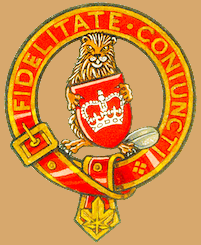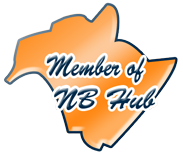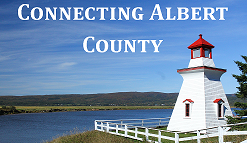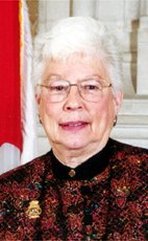contacting the various leadership candidates for the New
Democratic Party of Canada to ascertain their views on the
monarchy. I have already posted individual articles on some
of the candidates. This post is to function as a sort of index
and supplement to the other articles.
The Emailed Question & Responses
"What are your views on the monarchy?"
Below are links to each candidate's reply and a short look at
any previous comments they have made in regards to the
monarchy. Names are in order of when they entered the race.
Cheri DiNovo (Withdrew From Race)
Peter Julian (Withdrew From Race)
Charlie Angus
Guy Caron
Niki Ashton
Ibrahim Bruno El-Khoury (Withdrew From Race)
Brian Graff (Candidacy Rejected)
Pat Stogran (Withdrew From Race)
Jagmeet Singh
David Berlin (Withdrew From Race)
Crown & Cap Scoreboard
Keep in mind this is only my assessment and your mileage
may vary. Also, note that changes may occur as the campaign goes on.
I have had to make a change since last time as some
candidates have views leaning towards republicanism. The
crown score is now joined by a phrygian cap score.
The crown score is out of five crowns and five caps with each
candidate receiving one crown for stating support for
the monarchy in their reply, one crown for having defended
the monarchy in Parliament, two crowns for outlining how
they would improve the monarchy's role in the future, and
one crown for having spoken in support of the monarchy
outside of Parliament.
One cap is given to a candidate for being opposed to the
monarchy in their reply, one cap for desiring a referendum
on the monarchy, one cap for opposing the monarchy in
Parliament and two caps for making the establishment of a
Canadian republic a part of their policy platform.
NDP Supporters and Monarchists Quotes
would like to support the NDP or a specific candidate but are
put off by the party's knee-jerk republicanism.
"After reviewing Jagmeet Singh's comments against the
Monarchy I became deeply concerned. As a Federal NDP
supporter since Jack Layton, I do not have confidence in a
leader who does not understand that the Canadian Crown is
completely independent and unique from the British Crown
and of it's powerful force for national unity and Canadian
identity. I certainly don't support someone who doesn't
respect or even understand the Canadian Crown."
~Darren Brierley
"I'd vote for him [Jagmeet Singh] if the NDP weren't so anti-
monarchy. Because of that, I now usually vote Green. But
Jagmeet might convince me to vote NDP next election, if he
can show that he doesn't plan to waste time with
constitutional amendments to remove/relocate the Crown in
Canadian governance."
~marnas86
"I agree that sharing our monarch with the other
Commonwealth realms has largely been beneficial to
Canada since 1867. It is for most Canadians both a Canadian
and international symbol of continuity, non-partisan
authority, and civic participation in an increasingly
globalized society. Canada’s colonial history has many
shameful memories, but they are primarily tied to the
policies of past governments and exploitative practices of
commercial interests. The monarchy is largely a reflection of
our times and it’s current incarnation should be used to
celebrate and cultivate the best that Canada has to offer."
~James Bromilow
"I am not myself a member of the New Democratic Party,
but often find myself more sympathetic to many of its
policies than I am to those of the Liberals when concerning
the rights and concerns of the working classes, and the little
guy, generally. However, one reason I always find myself
cringing away from being able to actually support the NDP
is certain members’ stances on the monarchy... I know that I
and many people like me would feel infinitely more
comfortable with the NDP if it took a firm public stance in
favour of the Monarchy." ~Jonathan Banks
"Republicanism is a failed governmental concept. Compare
the peace and relative stability of the United Kingdom with
the constant strife and unrest in France, or the unparalleled
quality of life and happiness in Norway, Sweden and
Denmark. It’s no coincidence that having a uniting symbol in
the form of a King or Queen helps bring people together and
creates a better life. Republicans often point to Monarchies
being undemocratic, but I see no lack of democracy in any
Constitutional Monarchy-led country. I would see Peter
Julian be the candidate that stands up for our Monarchy;
who says “There is plenty wrong with our government and
system of electing MP’s, but not in the Canadian Monarchy. I
see no reason to do away with the unity and stability that
having a Monarchy has brought Canada over the past 150+
years.”" ~Brian Appel
I would like to thank all of the candidates for getting back to
me. While I might disagree at times with the replies I receive
it is at least good to know that politicians still take the time
to reply to ordinary Canadians.
Loyally Yours,
A Kisaragi Colour
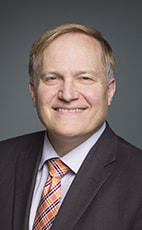



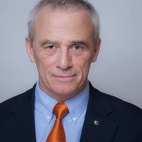



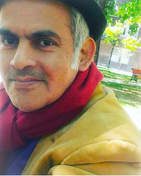

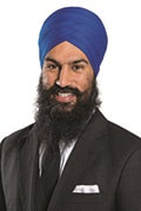

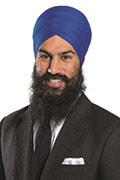
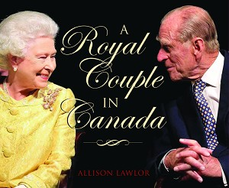
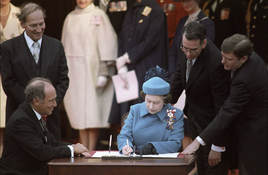
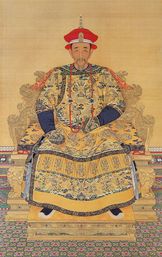
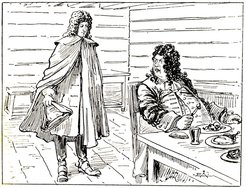
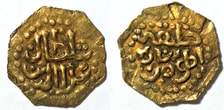
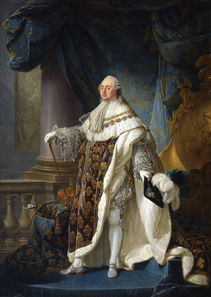
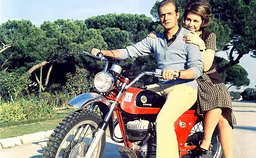
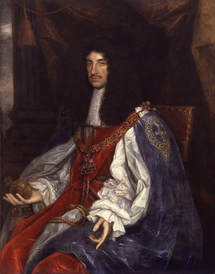
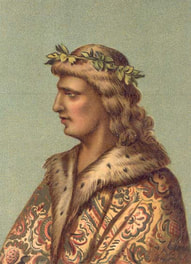
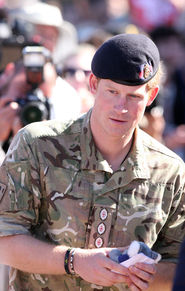
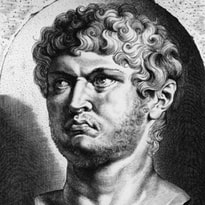
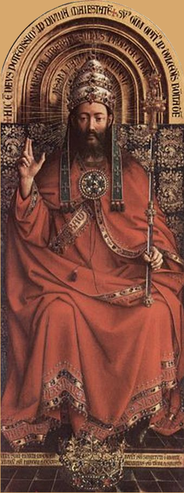
 RSS Feed
RSS Feed
